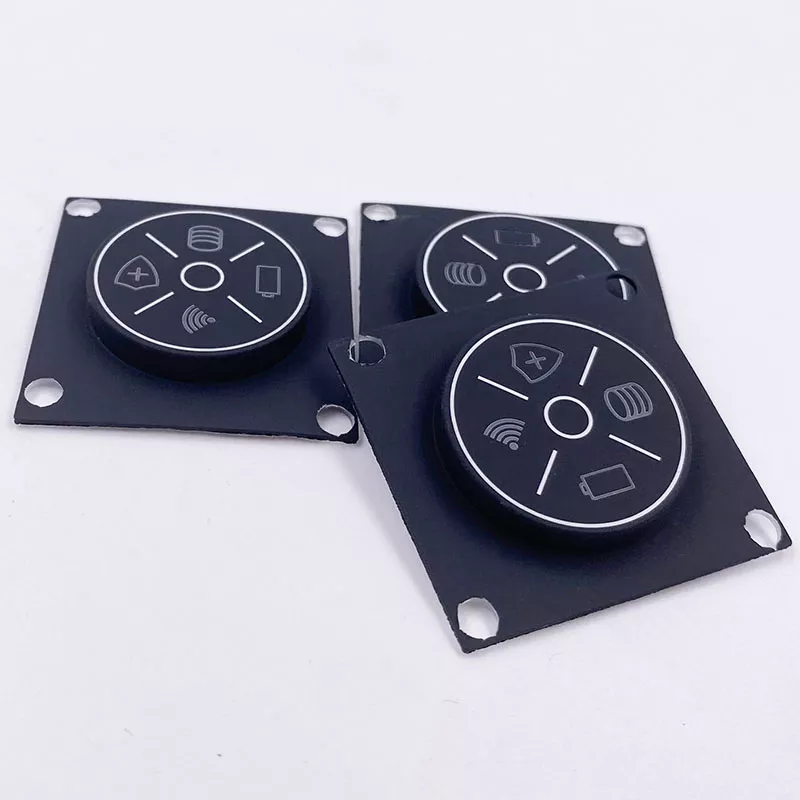Laser-Etched Silicone Remote Control Keypad
Advanced Laser-Etching Technology
Our laser-etched silicone remote control keypad is a cutting-edge solution designed for various applications. Utilizing state-of-the-art laser etching technology, we ensure that button markings remain clear and resilient, even in challenging environments.
Premium-Grade Silicone Rubber
Crafted from high-quality silicone rubber, our keypad offers exceptional durability and flexibility. This makes it an ideal choice for industries such as industrial, medical, automotive, and household sectors. Its robust construction ensures reliable performance, regardless of the setting.
Superior Durability and Protection
Concerned about longevity? Our keypad is equipped with protective coatings that shield against aging, chemicals, and water exposure. This significantly extends its lifespan. Moreover, it meets ISO9001-2015, IATF16949, and ROHS standards, ensuring top-tier quality and eco-friendliness.
Ergonomic and User-Friendly Design
We prioritize user comfort with ergonomic designs that enhance the user experience. Whether in a factory or laboratory, our keypad facilitates seamless operation and promotes ease of use.
Customization and Sample Availability
For those seeking tailored solutions, we offer comprehensive OEM/ODM services. You can request free samples to experience the quality and versatility of our product firsthand.
Benefits of Laser Engraving for Keypads
Long-Lasting Markings
Laser engraving ensures that keypad labels remain intact, even under harsh conditions like frequent use, exposure to acids, and extreme temperatures. Say goodbye to fading labels!
Enhanced Security
The laser-engraved markings are difficult to replicate or alter, providing an additional layer of security against counterfeiting. This ensures the authenticity and integrity of your products.
Efficient Production
Combining laser engraving with computer technology simplifies the creation of keypad designs. The laser printer can be programmed via computer, allowing for rapid design adjustments and eliminating the need for traditional mold-making processes. This results in shorter product development cycles and more flexible production methods.

